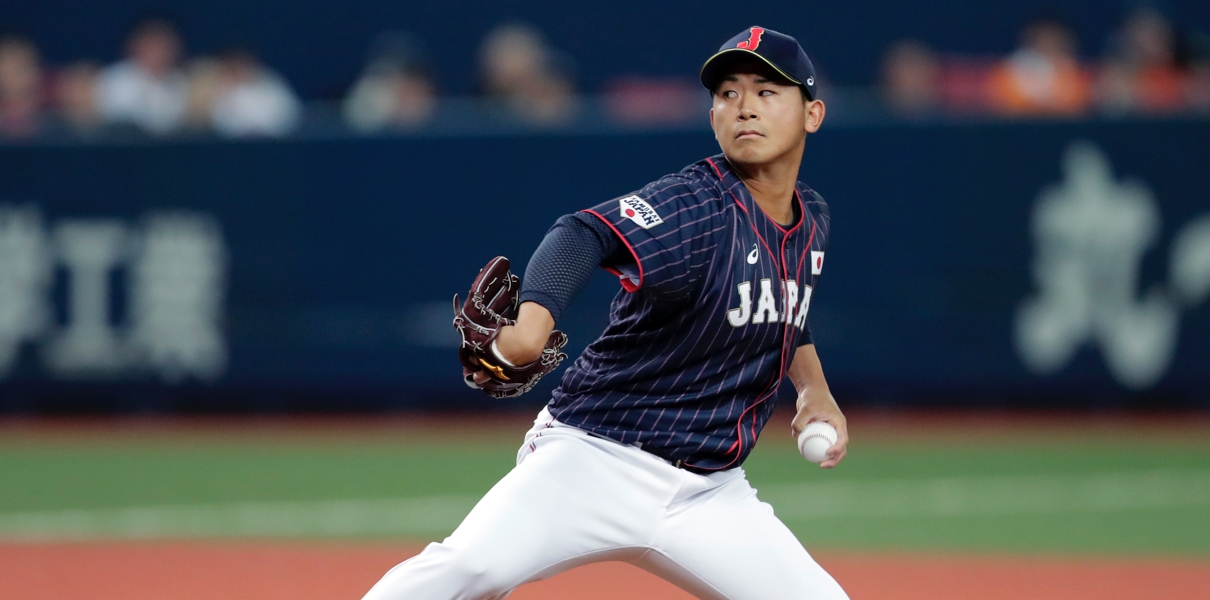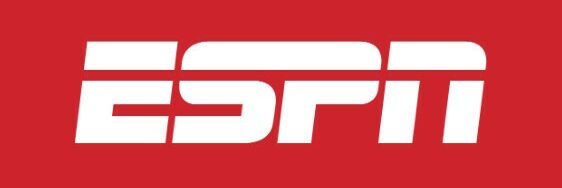Breaking: New York Yankees Set To Sign Star Free Agent Pitcher If They Miss Out On This Hurler
If the New York Yankees miss out on this superstar, there is reportedly a backup plan.

There is a Plan B.
If the New York Yankees are unable to sign superstar Japanese free agent pitcher Yoshinobu Yamamoto, they are considering fellow Japanese lefty Shota Imanaga as a fallback option, according to Jon Heyman of The New York Post.
As Heyman also reported, the New York Mets, Los Angeles Dodgers, Boston Red Sox and Chicago Cubs are eyeing Imanaga.
Imanaga, 30, posted a 7-5 record and 2.66 ERA across 159 innings in the NPB last season. In eight career seasons in Japan, the southpaw has posted a 3.18 ERA in 165 games (24 starts).
Imanaga is projeted to be a backend starting pitcher in an MLB team’s rotation next season. He will certainly be a cheaper option than Yamamoto, who could draw a deal near $300 million. Imanaga is also not as highly sought after as Yamamoto.
The Yankees met with Yamamoto in Los Angeles earlier in the week. He is their No. 1 option, but the Mets and Dodgers are in heavy pursuit of the superstar as well.
Yankees Potential Free Agent Target: Frankie Montas
Can the headliner of one of the worst trades of Brian Cashman’s tenure redeem himself in a second stint with the team?
/cdn.vox-cdn.com/uploads/chorus_image/image/72967227/1710565426.0.jpg)
In the upcoming weeks, the Yankees’ attention will be firmly turned toward fixing a starting rotation that finished in the bottom-half of the league in almost every pitching category. While they are connected to several of the names at the top of the market, I also expect the team to scour the lower tiers of starters in an attempt to raise a floor that fell out from underneath the team last season. Among the ranks of these pitchers, the names that has surfaced the most in rumors is Frankie Montas.
2023 Statistics: one game, 1.1 IP, 0.00 ERA, 4.01 FIP, 4.01 xFIP, 14.3 percent K%, 14.3 percent BB%, 0.0 fWAR
2024 FanGraphs Depth Charts Projections: 24 starts, 137 IP, 4.08 ERA, 4.16 FIP, 22.4 percent K%, 7.5 percent BB%, 1.9 fWAR
Previous Contract: Earned $7.5 million in third and final year of arbitration eligibility.
Given his injury-riddled last couple of seasons, it’s easy to forget that Montas was positioning himself as one of the better starters in the league while with the A’s. In his first four seasons as a starting pitcher in Oakland (2018-2021), Montas placed in the top-30 in ERA (3.58), FIP (3.55), and home runs per nine (0.97) among qualified starters. This started with a four-seamer with 90th-percentile velocity and 80th-percentile ride, followed by a pair of nasty offspeed pitches in the splitter and slider that allowed him to induce ground balls at greater than a 43 percent clip in 2018, 2019, and 2021.
Unfortunately for him and the Yankees, things couldn’t not have gone much differently after his move from the Bay Area to the Bronx. He made only eight mostly ineffective starts for the team before ending the season on the IL with shoulder inflammation that also cost him time on the shelf in Oakland and ultimately required offseason surgery that robbed him of all but one appearance in 2023. That the Yankees knew he was injured at the time of the trade pushes the swap into the running for one of the worst trades of Brian Cashman’s tenure, though this is no fault of the pitcher.
Shoulder injuries are scary business for pitchers. While the rate to return for pitchers coming off Tommy John surgery has improved exponentially in recent years — 80-90 percent of pitchers to undergo the procedure return to pitch in MLB — it’s a different story for shoulder injuries. A limited sample size study this year found that less than half of pitchers who suffer tears to the shoulder capsule return to pitch in MLB. It’s worth noting that Montas’ rotator cuff did not suffer damage and that the arthroscopic procedure was to clean up inflammation, so there is additional hope that his rehab could yield positive results.
While 2021 was his best season from an accumulated value standpoint, 2019 represents his best season when it comes to actual pitching performance. During that earlier campaign, Montas joined the game’s elite in the batted ball department, placing in the 80th percentile or better in average exit velocity, barrel rate, and xwOBA. Regardless, both 2019 and 2021 should serve as roadmaps for a return to form for the 30 year old righty.
The Yankees asked Montas to throw his splitter more, upping its usage to around 25 percent. Doing so neutered its effectiveness — going from a whiff rate in the high-40s and sub-.200 xwOBA to a 33 percent whiff rate and .222 xwOBA — so the first recommendation would be to return to the 2019 usage rate of about 18 percent. Looking at 2021, Montas was tied for the third-best pitcher on pitches around the edges of the strike zone, with the majority of that value coming on swings against his fastball and splitter. Given that his four-seamer has lost some of its oomph and rise, perhaps a more precise, weak contact-oriented approach may serve Montas well.
Earlier this week, I analyzed how the Yankees are more than one starting pitching addition away from fixing the rotation. Yoshinobu Yamamoto is the obvious priority, but as David Cone has noted multiple times, modern teams require as many as eight to nine starters to weather the grind of the season, making reliable veterans on short-term deals a near-premium for contenders. Montas is the type of depth-boosting addition that prevents the Yankees from relying on untested Triple-A arms should an injury arise in the MLB rotation. What’s more, should he find his footing from several years ago, Montas would raise both the floor and the ceiling of the Yankees’ starting staff.

Leave a Reply